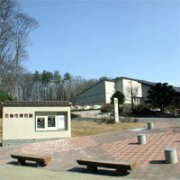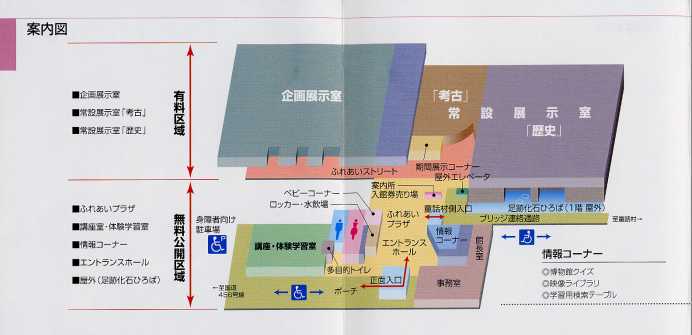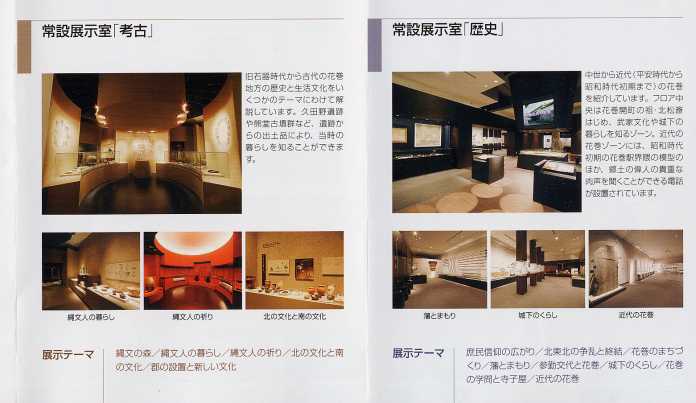
| Opening time | 8:30 to 16:30 |
|---|---|
| closing day | New Year's holiday / whole building fumigation day |
| cost | ▼ Single entrance fee General 350 yen (300 yen) Senior university student 250 yen (200 yen) Primary and secondary students 150 yen (100 yen) ※ (20 or more) group rate ▼ common admission fee (Kenji Miyazawa Memorial Museum, Kenji Miyazawa's school, Kenji's school, Hanamaki Nitobe Memorial Museum, Hanamaki City Museum) General: Common room for two buildings 550 yen / common room 800 yen / common room 1,000 yen High university student: Common space for two buildings 350 yen / common room 550 yen / common room 650 yen Elementary and junior high school students: common room 200 yen / three halls Common 300 yen / common to the library 400 yen |
| location | 〒 025-0014 Hanamaki City Takamatsu 26-8-1 |
| contact information | Tel: 0198-32-1030 Fax: 0198-32-1050 E-mail: museum@city.hanamaki.iwate.jp |
| transportation | 5 minutes by bus from Tohoku Shinkansen / Shinhanamaki Station. 15 minutes by bus from Hanamaki Station on the Tohoku Main Line (5 minutes on foot from the bus stop) |
| Contact Other | Reference: Hanamaki City Board of Education Secretariat Museum construction promotion room, direct dial telephone 0198-32-1030 |
| home page | http://museum.city.hanamaki.iwate.jp/index.html |
Overview
Opened on April 24 (Saturday), 2004 (2004). A humanities-oriented museum in three fields: archeology, history, art and crafts. The place is opposite to "Himekkonuma" located on the north side of the parking lot within the site of "Miyazawa Kenji Children's Story Village". The site area is 7,700 square meters, the building area is 3,626 square meters, and the reinforced concrete is two floors, the largest of the humanitarian museums in municipalities in Iwate Prefecture. Total operating cost 2.93 billion yen. Akebonozu footprint fossils were discovered in November 2000 (2000) during construction work, and construction was temporarily suspended, and the opening schedule was postponed by one year. The exhibition section is roughly divided into a permanent exhibition room and a planning exhibition room. The Permanent Exhibition Room has an archeological exhibition room centered on the artifacts of the Kudano ruins of the Jomon Period and the Kumado Ancient Tomb Group in the Nara Period, and a history exhibition room introducing the history of Hanamaki Castle and Castle Town from the Middle Ages to the Modern Age. The planning and exhibition room will display art and crafts such as flower scroll dolls and pottery, as well as three drawing people from Hanamaki City, and will respond to curators' own independent exhibitions and the Cultural Agency Circuit Exhibition.
Photo


